Home>Gardening & Outdoor>Plant Care & Gardening Tips>When To Plant Wildflower Seed In Texas
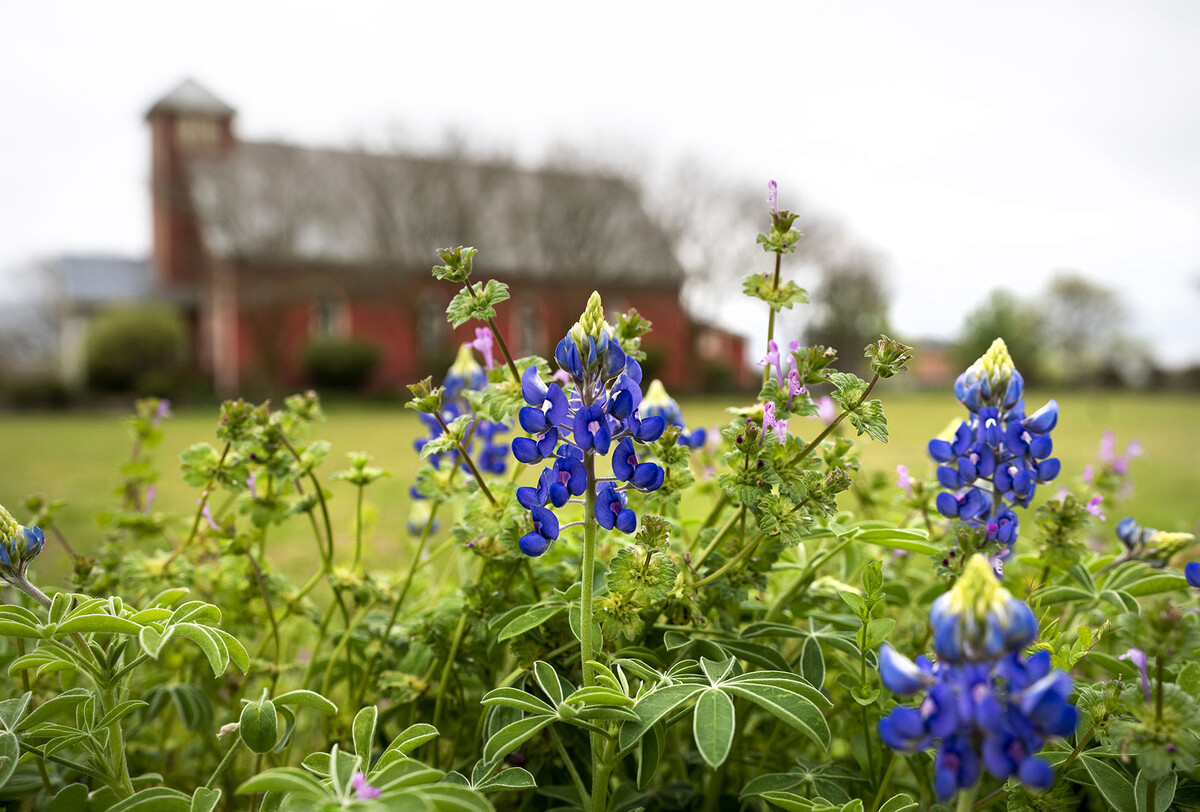

Plant Care & Gardening Tips
When To Plant Wildflower Seed In Texas
Modified: January 9, 2024
Learn the best time to plant wildflower seeds in Texas and get expert plant care and gardening tips for successful wildflower cultivation. Discover the ideal planting season and essential techniques to ensure beautiful blooms in your Texas garden.
(Many of the links in this article redirect to a specific reviewed product. Your purchase of these products through affiliate links helps to generate commission for Storables.com, at no extra cost. Learn more)
Introduction
Welcome to the enchanting world of wildflowers in Texas! If you're eager to add a splash of vibrant colors and natural beauty to your garden or landscape, planting wildflower seeds is an excellent way to achieve this. Texas, with its diverse climates and landscapes, offers a rich tapestry of native wildflowers that can thrive under the right conditions. In this comprehensive guide, we'll delve into the art of planting wildflower seeds in Texas, exploring the best timing, key considerations, and essential care tips to help you cultivate a flourishing wildflower haven.
Whether you're a seasoned gardener or a novice enthusiast, the allure of wildflowers is undeniable. These resilient blooms not only attract pollinators and beneficial insects but also contribute to the ecological balance of the local environment. From the iconic bluebonnets to the cheerful Indian paintbrushes, Texas boasts a stunning array of native wildflowers that can transform any outdoor space into a captivating spectacle.
In the following sections, we'll unravel the intricacies of planting wildflower seeds in Texas, offering valuable insights into the optimal timing for sowing, the factors that influence successful growth, and the essential steps for nurturing your wildflower seeds into flourishing blooms. By understanding the unique characteristics of Texas wildflowers and the best practices for their cultivation, you'll be well-equipped to embark on a rewarding journey of creating a picturesque wildflower haven in your own backyard or property.
So, let's embark on this horticultural adventure and unlock the secrets to planting wildflower seeds in the Lone Star State. Whether you're aiming to enhance the natural beauty of your surroundings or contribute to the preservation of native flora, this guide will equip you with the knowledge and inspiration to cultivate a thriving wildflower garden that embodies the spirit and splendor of Texas.
Key Takeaways:
- Planting wildflower seeds in Texas requires understanding the diverse climate, soil, and sunlight preferences of native species. Timing is crucial, with fall, winter, and spring offering optimal periods for sowing.
- Nurturing wildflower seeds post-planting involves consistent watering, selective weeding, and minimal fertilization. Embrace the natural growth cycles and provide support for taller varieties to create a vibrant and resilient wildflower garden.
Read more: When To Plant Grass Seed In Texas
Understanding Wildflowers in Texas
Before delving into the specifics of planting wildflower seeds in Texas, it’s essential to appreciate the diverse and captivating array of wildflowers that grace the expansive landscapes of the state. Texas is renowned for its rich botanical heritage, boasting an impressive variety of native wildflowers that have become emblematic of its natural beauty.
One of the most iconic and cherished wildflowers in Texas is the bluebonnet (Lupinus texensis), which adorns the countryside with its striking blue blossoms during the spring months. These vibrant blooms symbolize the resilient spirit of the state and have become an intrinsic part of its cultural identity. In addition to the bluebonnet, Texas is home to an extensive assortment of wildflowers, including Indian paintbrushes, winecups, coreopsis, and many more, each contributing to the kaleidoscope of colors that blankets the Texas terrain.
Wildflowers in Texas exhibit remarkable adaptability, thriving in a range of environments, from sun-drenched prairies to wooded areas and even along roadsides. Their resilience and ability to flourish under diverse conditions make them a popular choice for landscaping, conservation efforts, and the enhancement of natural habitats. Moreover, these native blooms play a crucial role in supporting local ecosystems by providing nectar and pollen for bees, butterflies, and other pollinators.
Understanding the unique characteristics and growing requirements of Texas wildflowers is fundamental to successfully cultivating them from seeds. Different species have varying preferences for sunlight, soil type, and moisture levels, and recognizing these distinctions is key to fostering their growth and ensuring a spectacular display of blossoms.
By gaining insight into the captivating world of Texas wildflowers, you’ll be better equipped to select the right species for your specific location and create an enchanting tapestry of colors that reflects the natural beauty of the Lone Star State. In the following sections, we’ll explore the factors to consider before planting wildflower seeds, the optimal timing for sowing, and the essential steps for nurturing these resilient blooms into a flourishing spectacle of natural splendor.
Factors to Consider Before Planting Wildflower Seeds
Before embarking on the rewarding endeavor of planting wildflower seeds in Texas, it’s crucial to consider several key factors that can significantly impact the success of your wildflower garden. By carefully evaluating these considerations, you can create an optimal environment for the seeds to germinate, thrive, and blossom into a breathtaking display of native flora.
1. Climate and Region: Texas encompasses a diverse range of climates and ecosystems, from the humid Gulf Coast to the arid deserts of the west. Understanding the specific climate and region in which you reside is essential for selecting wildflower species that are well-suited to the local conditions. Certain wildflowers may thrive in the heat and aridity of West Texas, while others may prefer the moderate temperatures and abundant rainfall of the eastern regions.
2. Soil Type and Drainage: The composition of the soil and its drainage properties play a pivotal role in the successful cultivation of wildflowers. Some species may prefer well-drained, sandy soils, while others thrive in loamy or clay-based soils. Conducting a soil analysis or observing the natural vegetation in your area can provide valuable insights into the soil type and drainage characteristics, guiding your selection of suitable wildflower species.
3. Sunlight Exposure: Wildflowers exhibit varying preferences for sunlight, with some species thriving in full sun, while others prefer partial shade. Assess the sunlight exposure in your intended planting area to determine the ideal wildflower species that will flourish under the prevailing light conditions. Additionally, consider any potential obstructions or shading from nearby structures or trees that may impact sunlight availability.
4. Water Availability: Understanding the water requirements of wildflowers is crucial for their successful establishment and growth. While some native species are drought-tolerant and thrive in minimal moisture, others may require consistent watering, especially during the germination and early growth stages. Consider the natural rainfall patterns in your region and the availability of irrigation options when selecting wildflower species.
5. Local Regulations and Conservation Efforts: Before planting wildflower seeds, it’s important to be aware of any local regulations, conservation initiatives, or protected habitats that may impact the selection and cultivation of native wildflowers. Certain species may be protected, and specific guidelines may apply to their propagation and cultivation to ensure the preservation of indigenous flora and fauna.
By carefully evaluating these factors and gaining a deeper understanding of the unique characteristics of Texas wildflowers, you can make informed decisions when selecting, sowing, and nurturing wildflower seeds. In the subsequent sections, we’ll explore the best time to plant wildflower seeds in Texas and the essential steps for sowing and caring for these resilient blooms, empowering you to create a captivating wildflower haven that thrives in harmony with the natural environment.
Best Time to Plant Wildflower Seeds in Texas
Timing plays a pivotal role in the successful establishment of wildflower seeds in Texas, as the climatic variations across the state influence the optimal periods for sowing and nurturing these resilient blooms. Understanding the best time to plant wildflower seeds is essential for harnessing the natural rhythms of the environment and maximizing the potential for vibrant and abundant blossoms.
Fall Planting: In many regions of Texas, fall is considered the prime season for sowing wildflower seeds. The period from late September to early November offers favorable conditions for germination and root development, as the soil retains residual warmth from the summer months while benefiting from cooler temperatures. Fall planting allows the seeds to establish robust root systems before the onset of winter, setting the stage for prolific growth and early spring blooms.
Winter Planting: Certain areas of Texas, particularly those with milder winters, also present opportunities for winter planting of wildflower seeds. In these regions, where frost and freezing temperatures are less prevalent, sowing seeds from late December to early February can be advantageous. Winter planting capitalizes on the moisture from periodic rains and the gentle climate, providing an optimal environment for seed germination and early growth.
Spring Planting: While fall and winter are generally favored for wildflower seed sowing, specific species may benefit from spring planting in select regions of Texas. In areas with cooler springs and delayed frosts, such as the Texas Panhandle, spring planting from late March to early April can be successful. Spring planting aligns with the natural growth cycles of certain wildflowers, allowing them to capitalize on the increasing warmth and daylight hours for vigorous development.
Understanding the distinct climatic patterns and regional variations in Texas is crucial for identifying the most opportune time for planting wildflower seeds. By aligning the sowing schedule with the natural rhythms of the environment, you can optimize the chances of successful germination and establish a resilient and vibrant wildflower garden that thrives throughout the seasons.
In the subsequent sections, we’ll delve into the essential steps for planting wildflower seeds in Texas, providing valuable insights into the preparation of the planting area, the sowing techniques, and the subsequent care required to nurture these seeds into a flourishing tapestry of native blooms.
Plant wildflower seeds in Texas in the fall, between September and November, for best results. This allows the seeds to establish before the winter and bloom in the spring.
Steps for Planting Wildflower Seeds
Planting wildflower seeds in Texas is an artful endeavor that requires careful preparation, thoughtful consideration, and a harmonious blend of nature and nurture. By following a series of essential steps, you can sow wildflower seeds with confidence, setting the stage for the emergence of a vibrant and resilient tapestry of native blooms in your garden or landscape.
1. Site Selection and Preparation: Choose a suitable planting site that receives the appropriate sunlight exposure for the selected wildflower species. Clear the area of debris, weeds, and competing vegetation, ensuring that the soil is well-drained and free of compacted areas. Loosen the top layer of soil to facilitate seed-to-soil contact and optimal germination.
2. Seed Selection and Mix: Select a high-quality wildflower seed mix that is well-adapted to the climatic and soil conditions of your region in Texas. Consider a diverse mix of native wildflowers to create a dynamic and visually captivating display of blossoms. Ensure that the seed mix contains species that complement each other in terms of height, color, and blooming periods.
3. Sowing Techniques: Distribute the wildflower seeds evenly across the prepared planting area, either by hand broadcasting or using a seed spreader for larger areas. Lightly rake the seeds into the soil at the recommended depth, typically 1/8 to 1/4 inch, to secure them in place and promote adequate soil contact for germination.
4. Watering and Establishment: After sowing the wildflower seeds, gently water the planting area to ensure that the soil is moist but not waterlogged. Monitor the soil moisture regularly, especially during the germination and early growth stages, to support the establishment of the seeds. Depending on the species and environmental conditions, additional watering may be necessary to facilitate robust growth.
5. Mulching and Protection: Consider applying a light layer of mulch, such as straw or pine needles, to conserve soil moisture and protect the emerging seedlings from extreme temperatures and invasive weeds. Take measures to safeguard the planted area from disturbances, such as foot traffic or foraging wildlife, to allow the seeds to germinate and establish undisturbed.
6. Monitoring and Maintenance: Regularly monitor the planted area for signs of germination and early growth, observing the emergence of seedlings and adjusting the watering regimen as needed. As the wildflowers mature, implement appropriate maintenance practices, such as selective weeding and controlled watering, to foster healthy growth and prolific blooming.
By meticulously following these steps for planting wildflower seeds in Texas, you can cultivate a captivating and sustainable wildflower garden that celebrates the natural splendor of the Lone Star State. In the subsequent section, we’ll explore the essential care and maintenance practices for nurturing wildflower seeds after planting, empowering you to foster a flourishing haven of native blooms that thrives in harmony with the local environment.
Read more: When To Plant Bermuda Grass Seed In Texas
Caring for Wildflower Seeds After Planting
After planting wildflower seeds in Texas, providing attentive care and maintenance is crucial to support their successful germination, growth, and eventual blossoming. By implementing thoughtful strategies and monitoring the evolving needs of the wildflower seeds, you can foster a flourishing and resilient garden that embodies the natural beauty and diversity of the Lone Star State.
1. Watering Regimen: Establish a consistent watering regimen to provide adequate moisture for the germinating seeds and developing seedlings. While wildflowers are often resilient and adaptable, ensuring sufficient moisture during the initial growth stages is essential. Monitor the soil moisture levels and adjust the watering frequency based on the prevailing weather conditions and the specific requirements of the wildflower species.
2. Weed Management: Vigilantly manage weeds that may compete with the emerging wildflowers for nutrients, sunlight, and moisture. Implement selective weeding practices to remove invasive species while preserving the native wildflowers. Hand-pulling weeds and applying organic mulch can help suppress weed growth and maintain a favorable environment for the developing seedlings.
3. Fertilization Considerations: While native wildflowers in Texas are adapted to thrive in diverse soil conditions, minimal or no fertilization is generally recommended for established wildflower plantings. However, if soil deficiencies are identified through a professional soil test, consider using a low-nitrogen, slow-release fertilizer sparingly to address specific nutrient deficiencies without promoting excessive vegetative growth.
4. Pest and Disease Monitoring: Keep a watchful eye on the planted wildflower area for signs of pest infestations or disease symptoms. While native wildflowers are often resistant to common pests and diseases, prompt identification and targeted interventions can mitigate potential issues and safeguard the health of the emerging blooms.
5. Support for Tall Varieties: If your wildflower mix includes taller species that may benefit from additional support, consider using non-invasive methods, such as discreet stakes or natural twine, to provide gentle support and prevent lodging during periods of inclement weather or heavy blossoms.
6. Observing Natural Cycles: Embrace the natural growth cycles of the wildflowers and allow them to complete their life cycles without excessive intervention. Resist the urge to mow or trim the wildflower area until the seeds have dispersed and the plants have naturally completed their blooming and seed-setting phases, contributing to the perpetuation of the wildflower population.
By tending to the evolving needs of the wildflower seeds after planting, you can nurture a resilient and vibrant garden that celebrates the native flora of Texas. Through thoughtful care and attentive stewardship, you’ll create a captivating haven of native blooms that enriches the local environment and embodies the enduring allure of the Lone Star State.
With these essential care practices in mind, you’ll be well-equipped to foster a flourishing wildflower garden that thrives in harmony with the natural rhythms of the Texas landscape, contributing to the preservation and appreciation of the state’s rich botanical heritage.
Conclusion
As we conclude this comprehensive guide to planting wildflower seeds in Texas, we embark on a reflective journey that celebrates the rich botanical heritage and natural splendor of the Lone Star State. The art of cultivating wildflowers is a testament to the enduring resilience and captivating beauty of native flora, and by embracing the principles of thoughtful stewardship and harmonious coexistence with the environment, we can create enchanting wildflower havens that enrich our landscapes and nourish the local ecosystem.
Throughout this guide, we’ve delved into the intricate nuances of understanding, sowing, and caring for wildflower seeds, recognizing the diverse factors that influence their successful cultivation and the essential steps required to foster their growth. From the iconic bluebonnets that blanket the Texas countryside to the cheerful Indian paintbrushes that adorn open meadows, the native wildflowers of Texas beckon us to immerse ourselves in their vibrant tapestry of colors and textures.
By understanding the unique characteristics of Texas wildflowers and the best practices for their cultivation, we’re empowered to create flourishing gardens that serve as sanctuaries for pollinators, havens of natural beauty, and living testaments to the enduring spirit of the Lone Star State. The careful selection of wildflower species, the thoughtful preparation of planting sites, and the attentive care provided after sowing all contribute to the realization of a thriving and sustainable wildflower haven.
As we embrace the natural rhythms of the environment and observe the evolving cycles of the wildflowers, we become stewards of a living canvas that evolves with the seasons and embodies the timeless allure of Texas’s native flora. Through our efforts to plant and nurture wildflower seeds, we contribute to the preservation of indigenous species, the enhancement of local habitats, and the cultivation of a deeper connection to the natural world that surrounds us.
So, whether you’re a seasoned gardener, an aspiring enthusiast, or a nature lover seeking to bring a touch of wild beauty to your surroundings, the journey of planting wildflower seeds in Texas invites us to embark on a horticultural adventure that celebrates the resilience, diversity, and enduring charm of native flora. With each carefully sown seed and each vibrant blossom that graces our landscapes, we honor the timeless legacy of Texas’s wildflowers and cultivate a living tapestry that enriches our lives and the world around us.
May your wildflower garden flourish with vitality and enchantment, embodying the spirit and splendor of Texas’s natural heritage for generations to come.
Frequently Asked Questions about When To Plant Wildflower Seed In Texas
Was this page helpful?
At Storables.com, we guarantee accurate and reliable information. Our content, validated by Expert Board Contributors, is crafted following stringent Editorial Policies. We're committed to providing you with well-researched, expert-backed insights for all your informational needs.
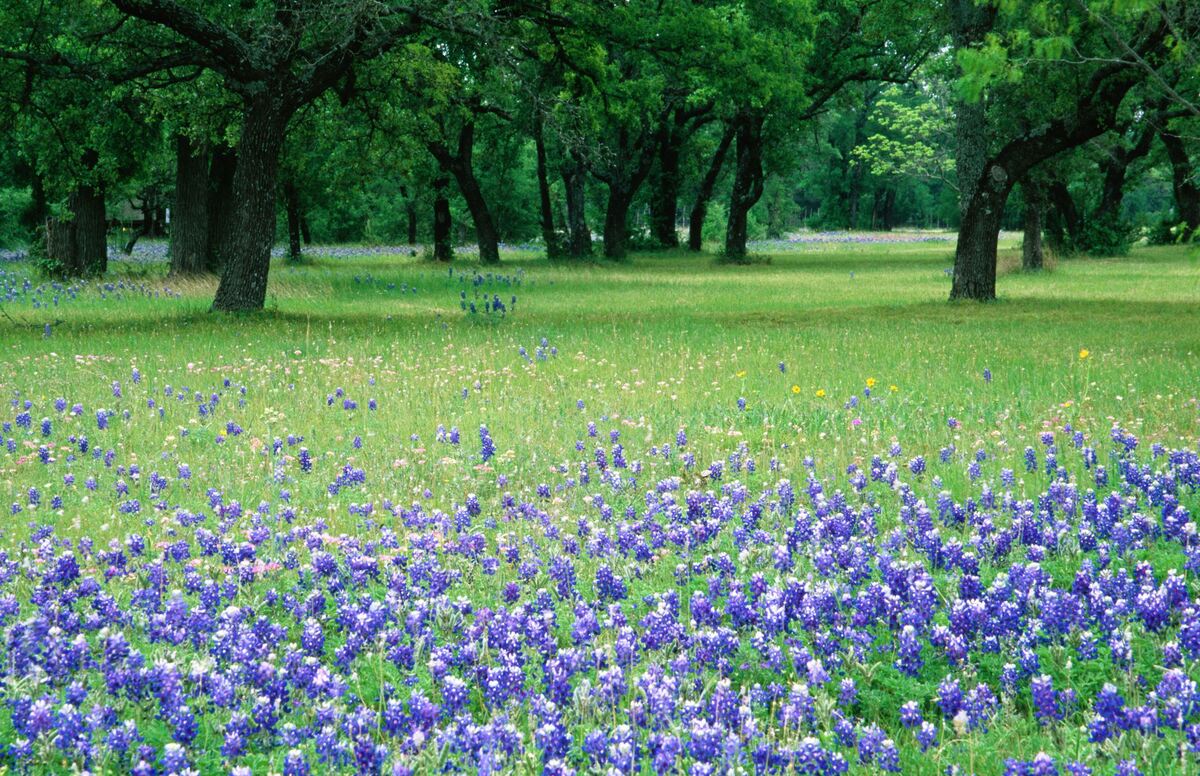
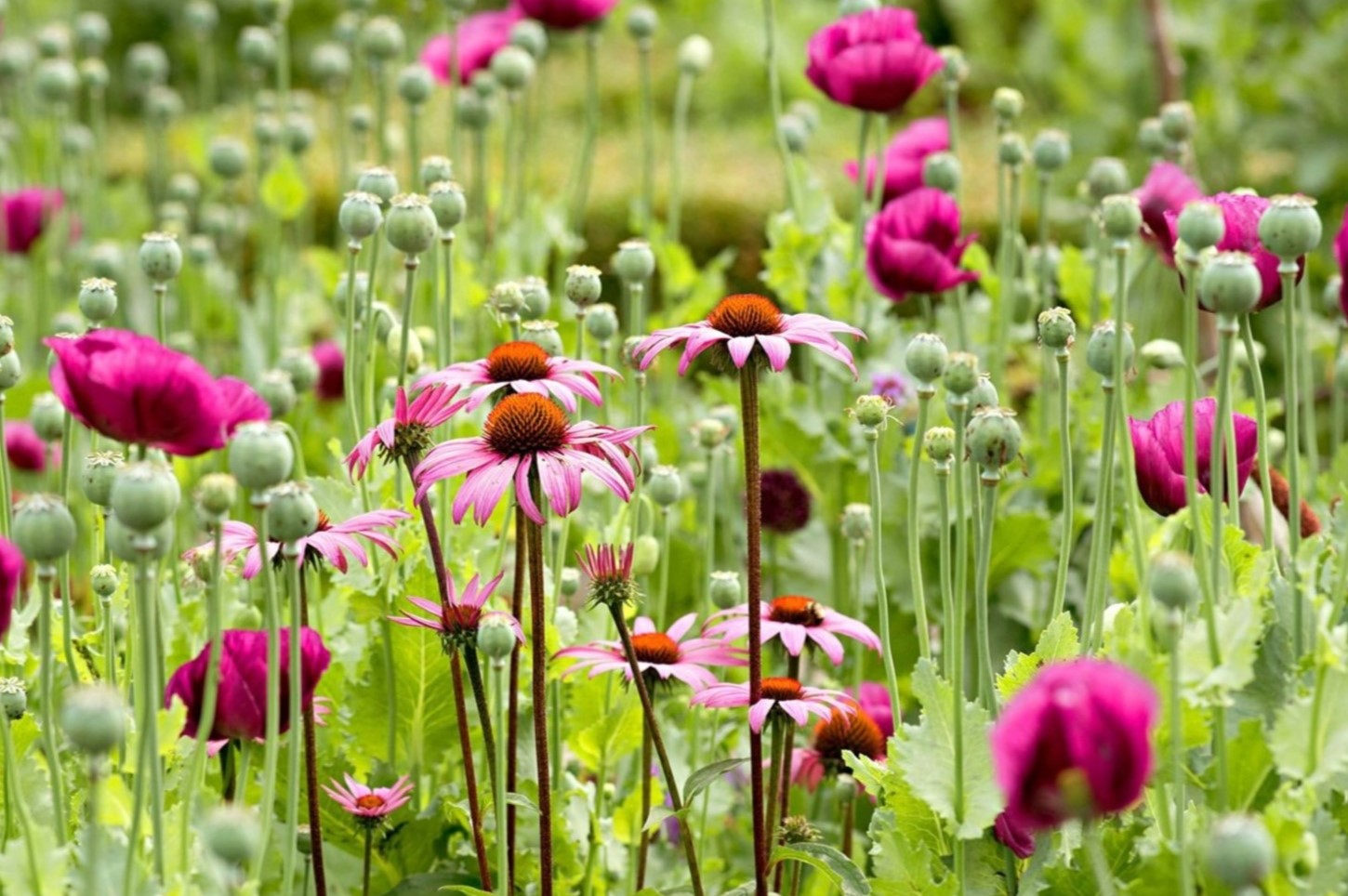
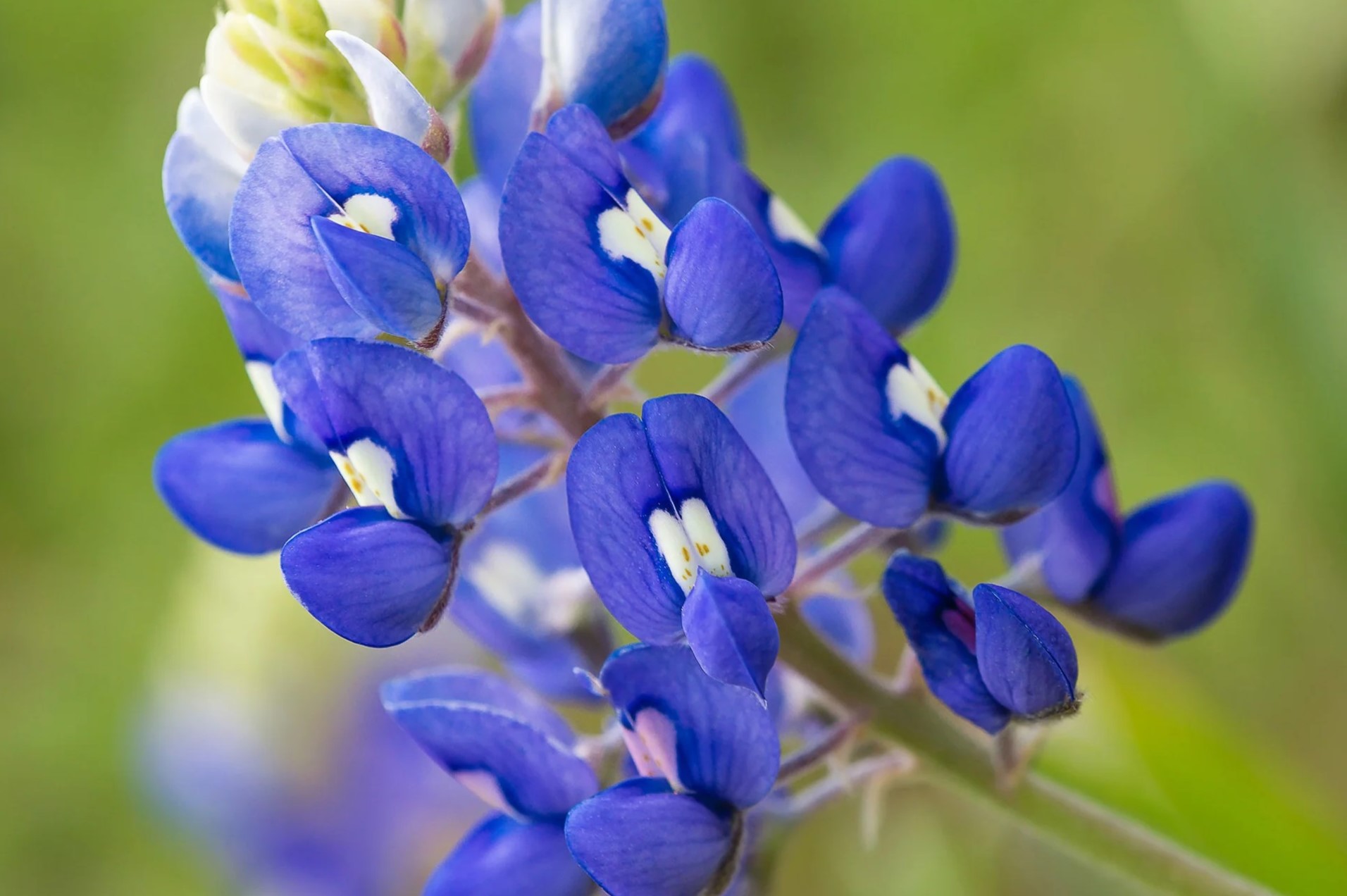
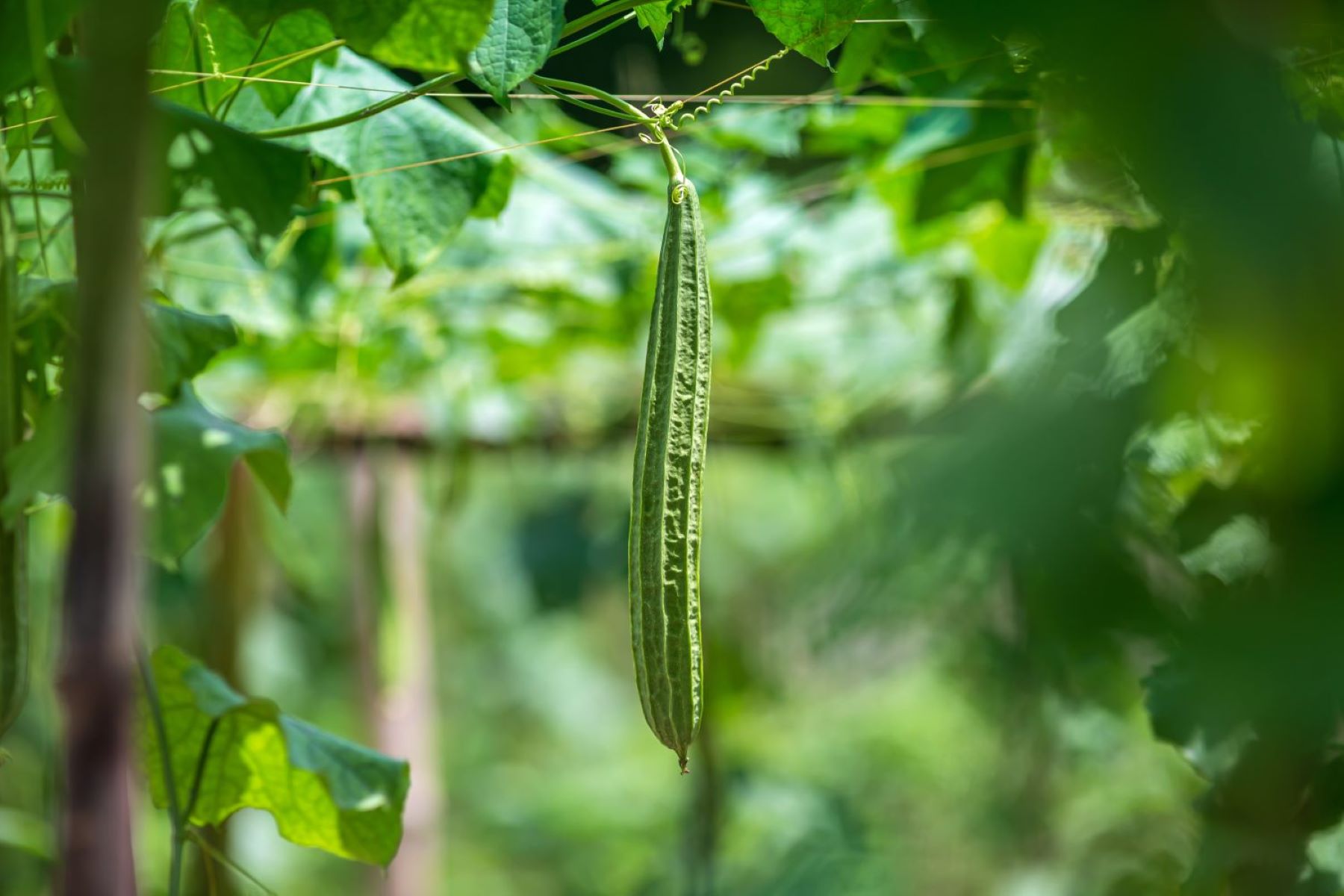
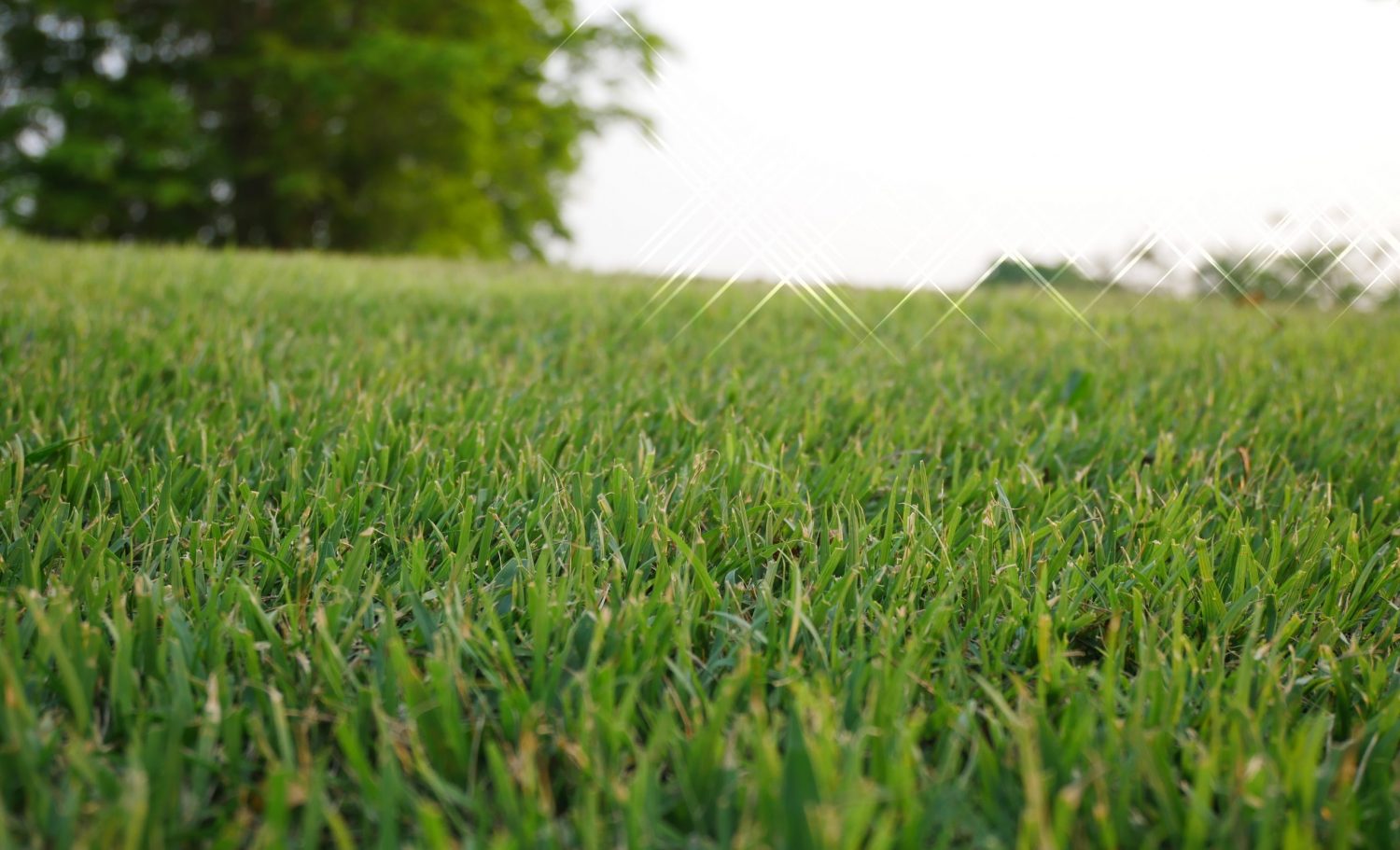
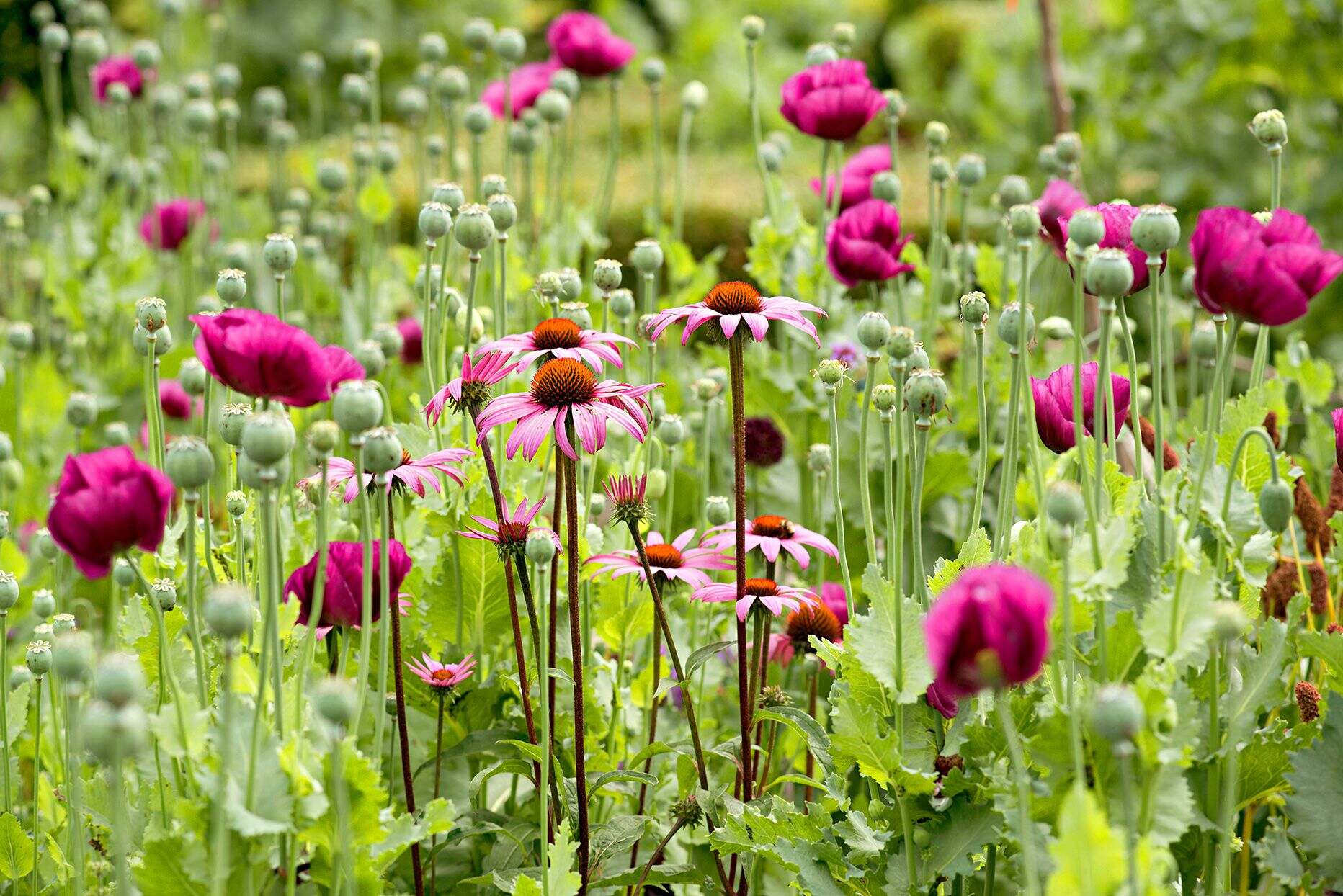
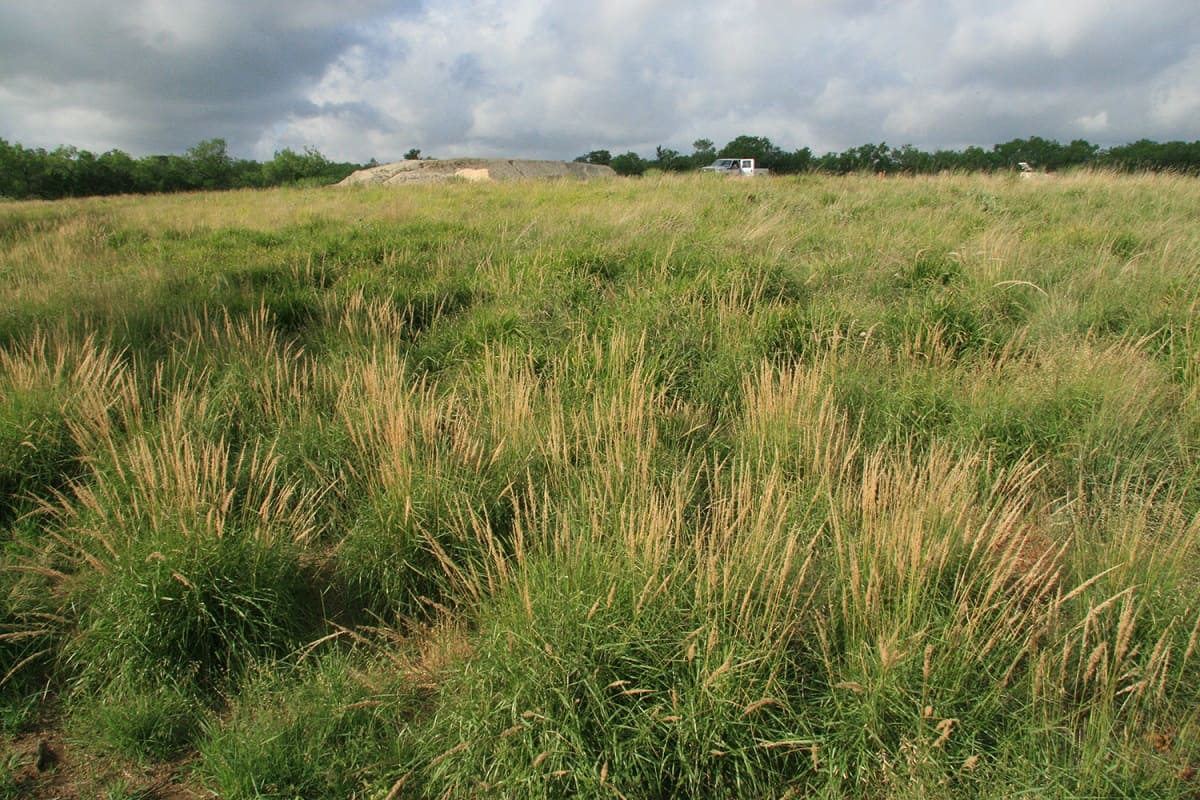
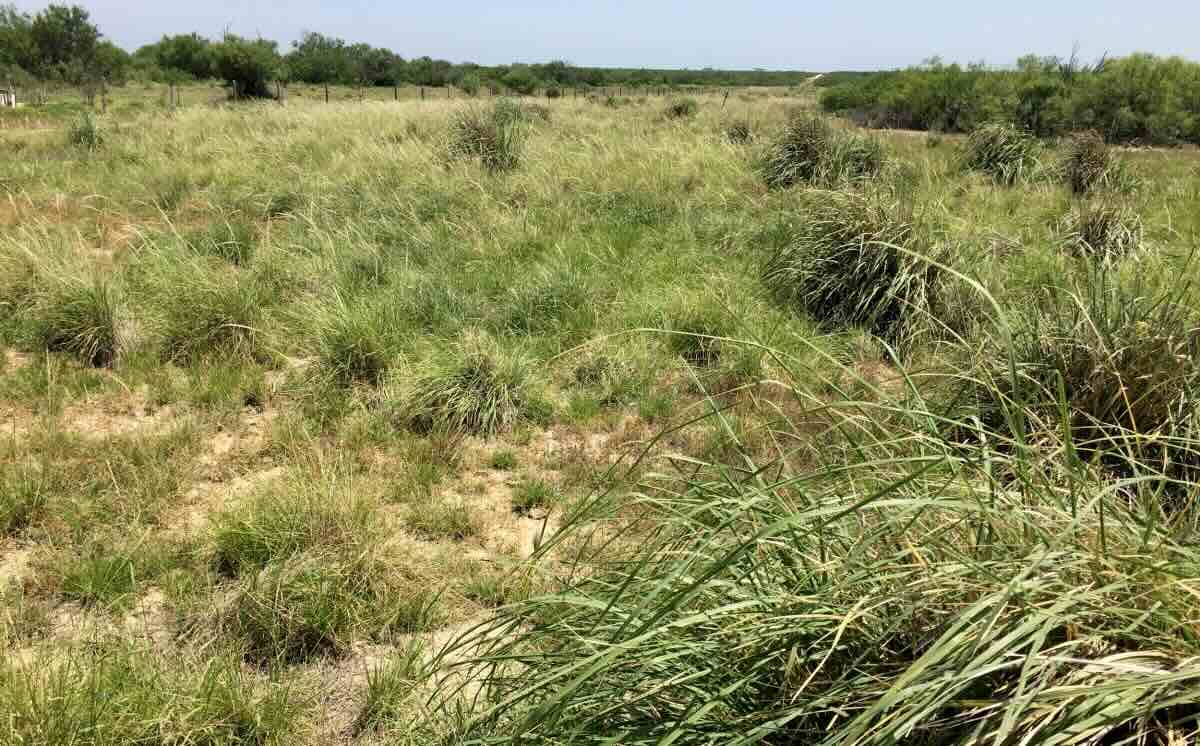
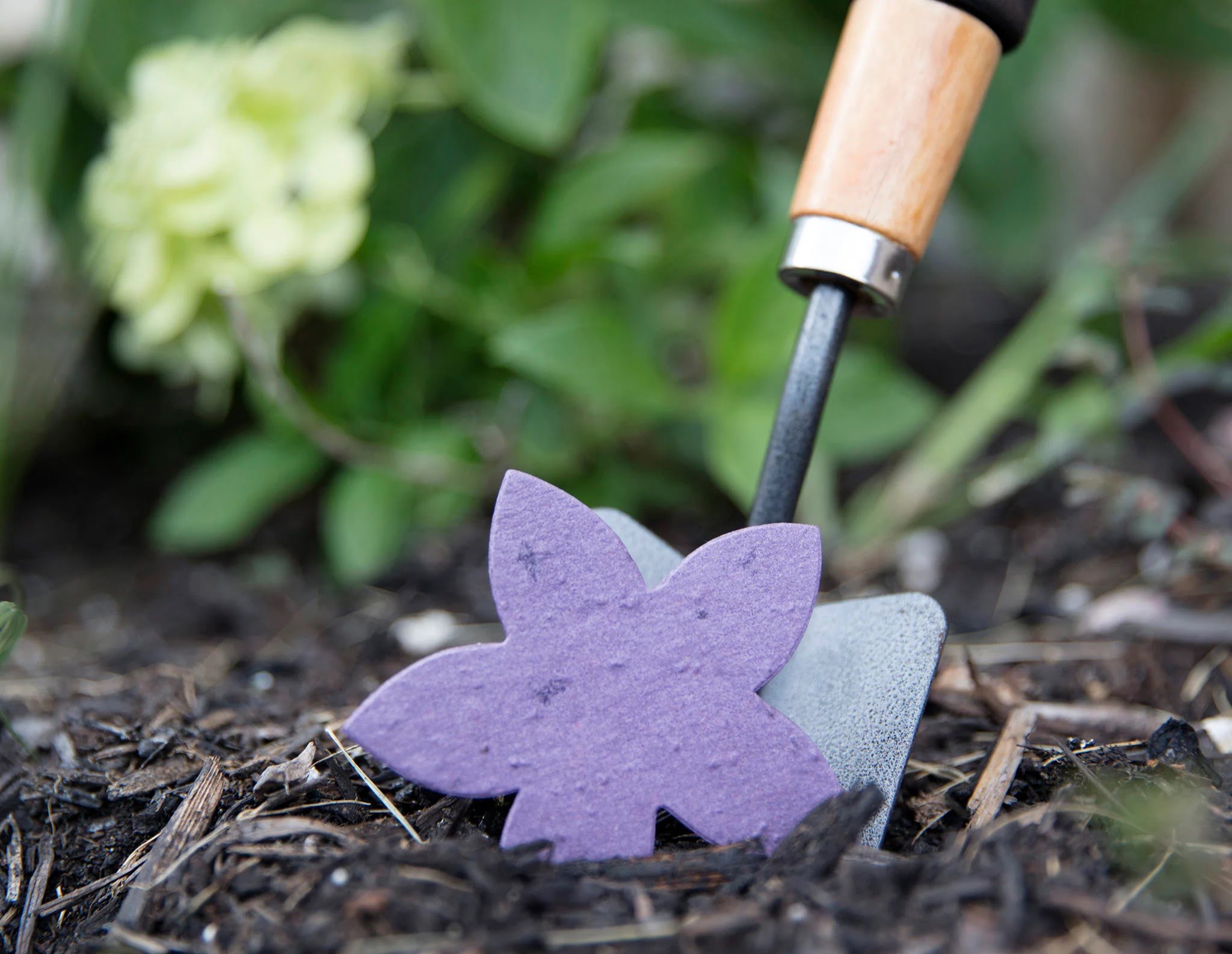
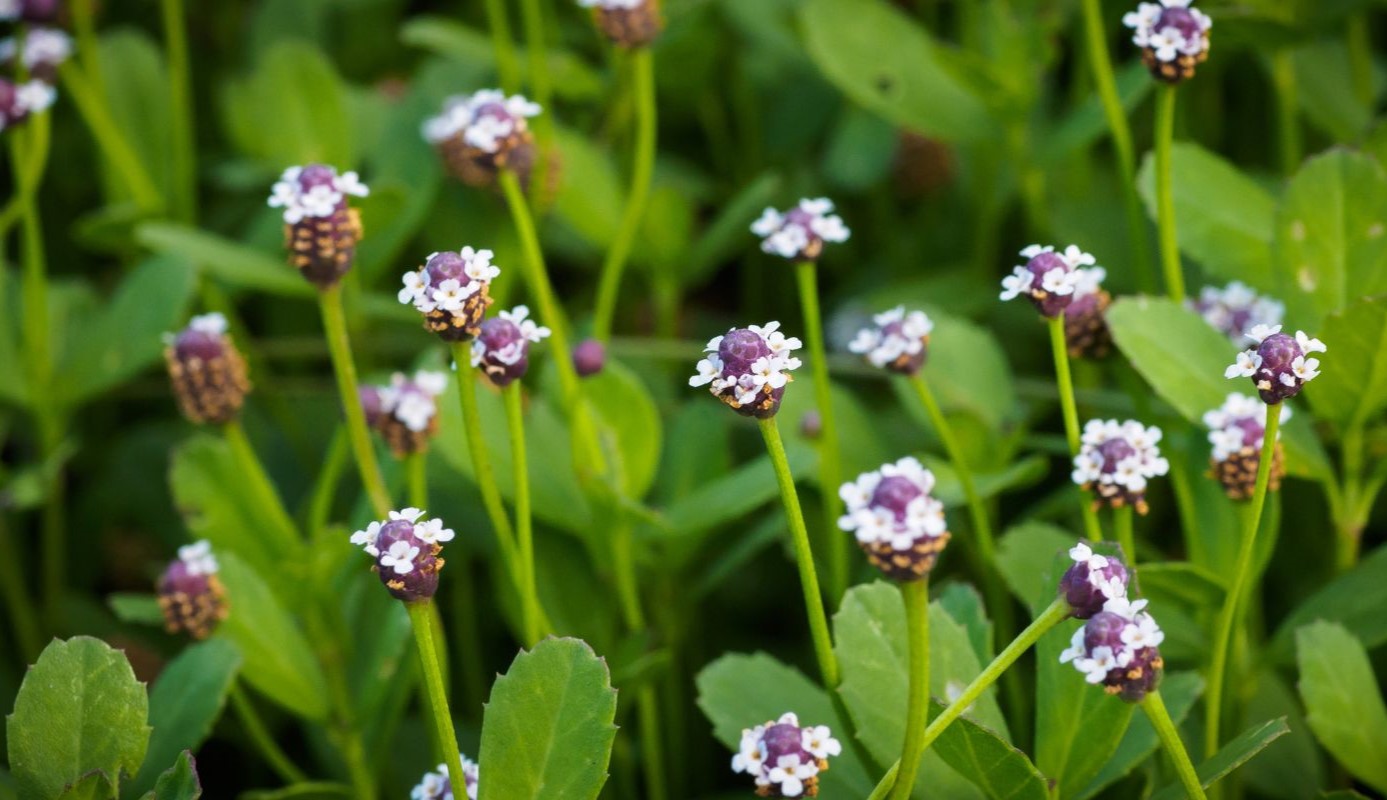
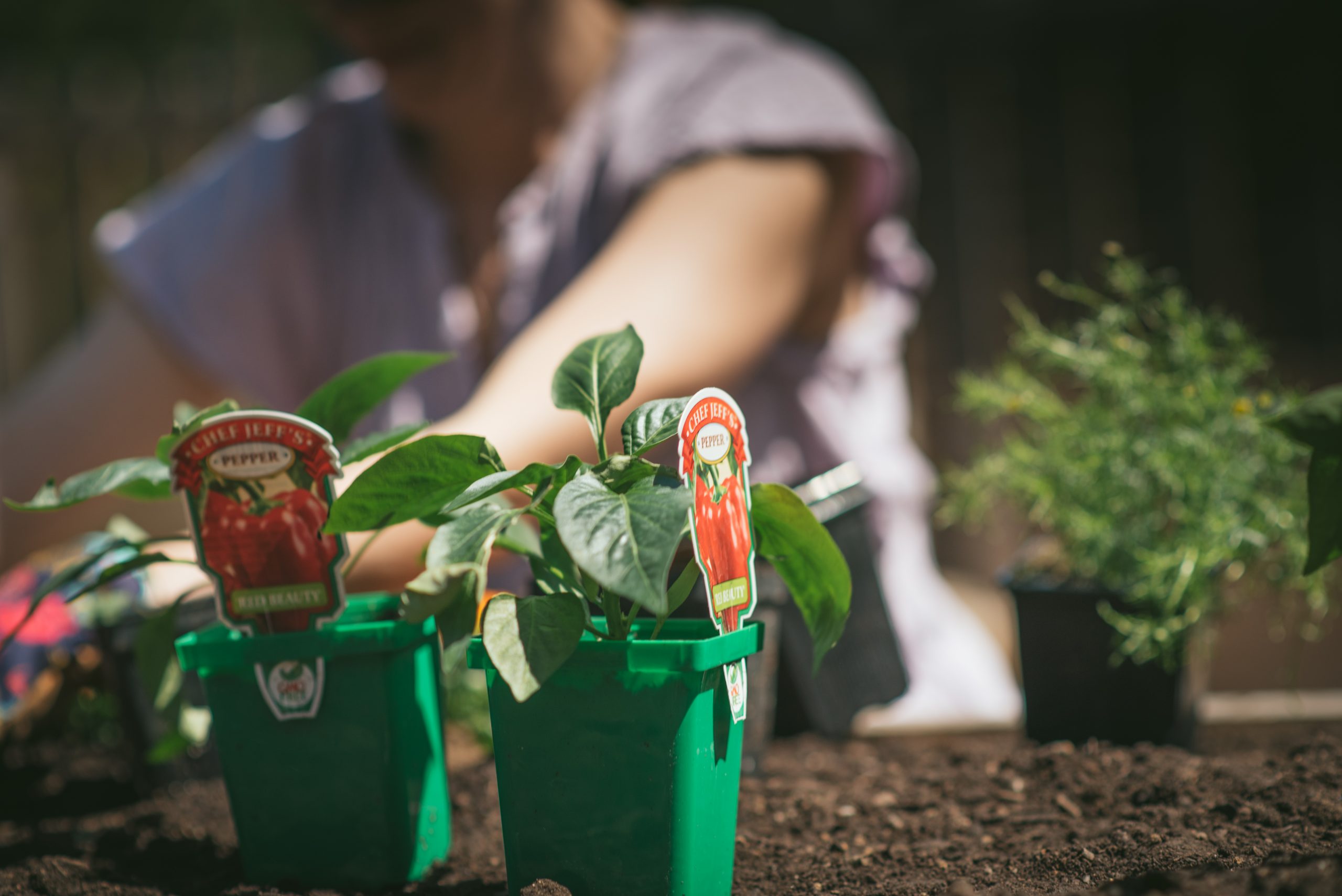
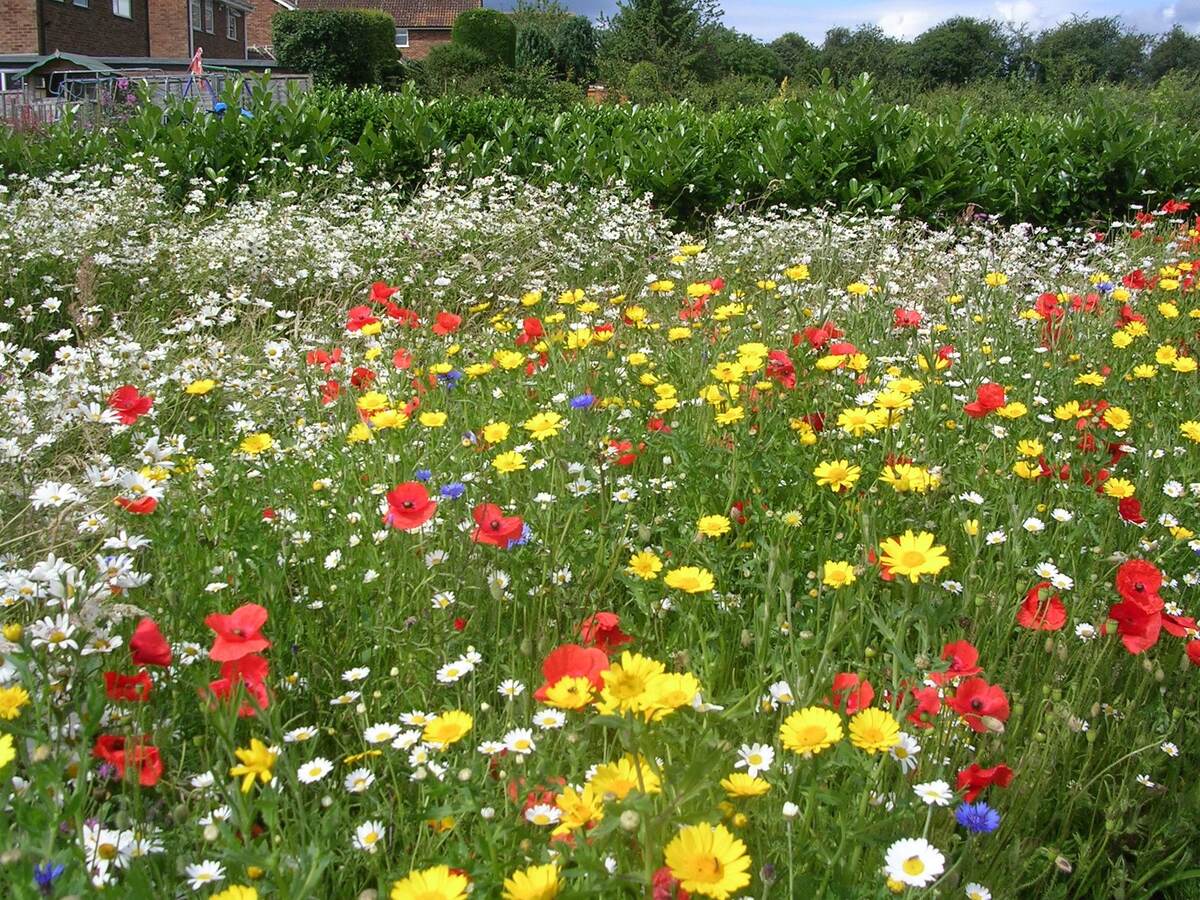
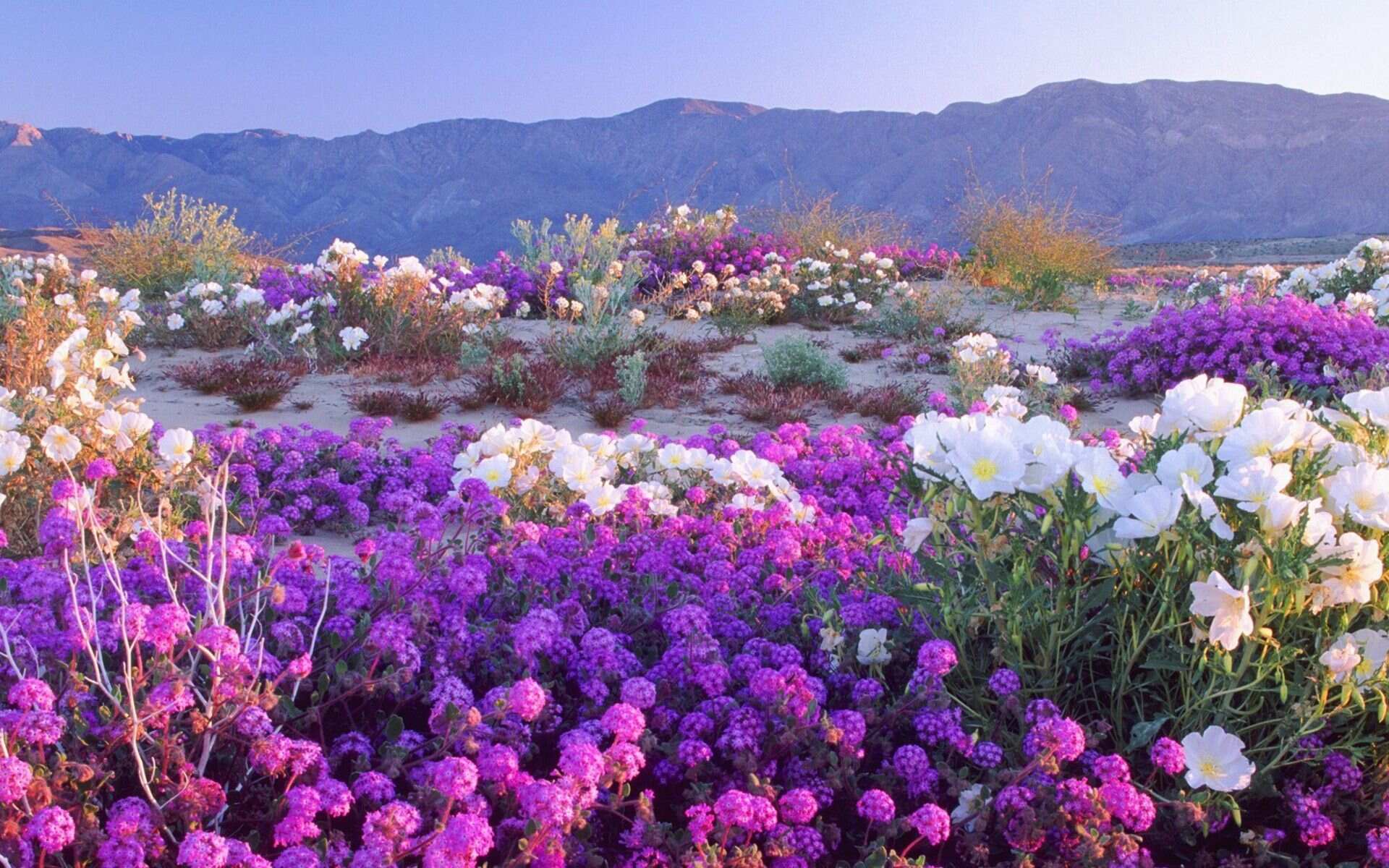
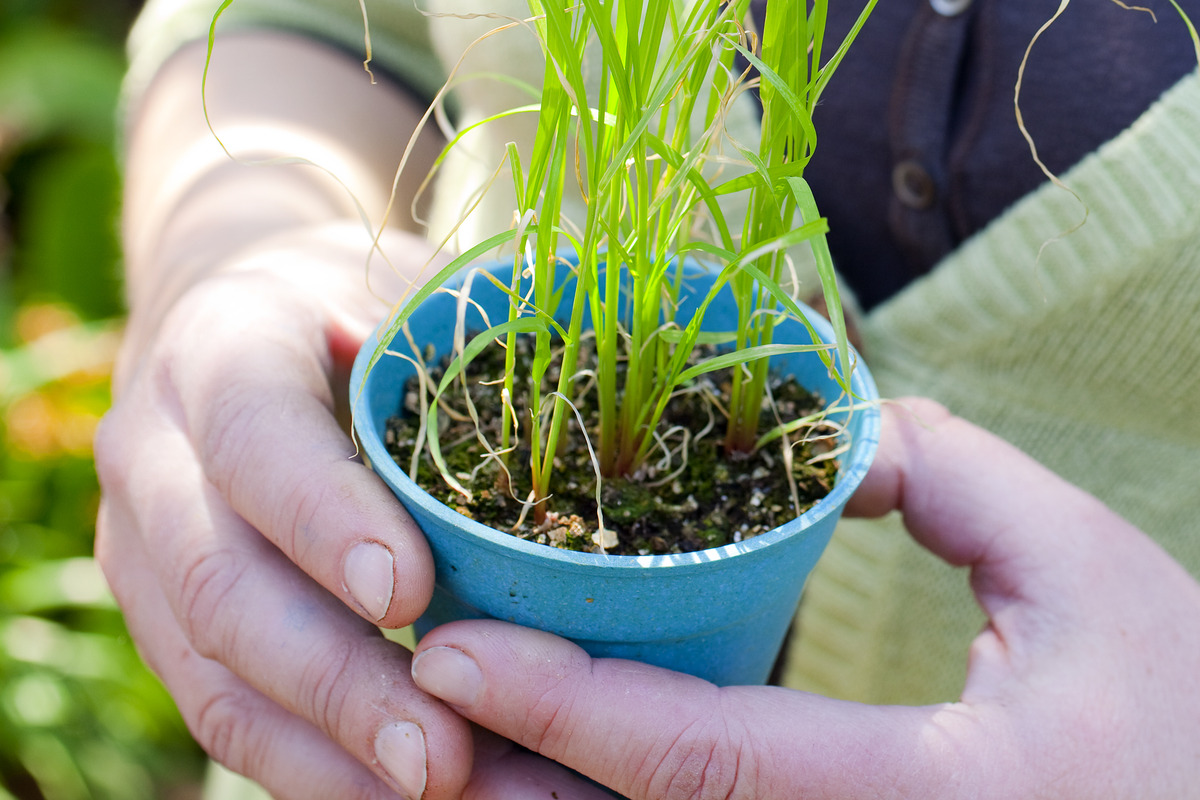

0 thoughts on “When To Plant Wildflower Seed In Texas”